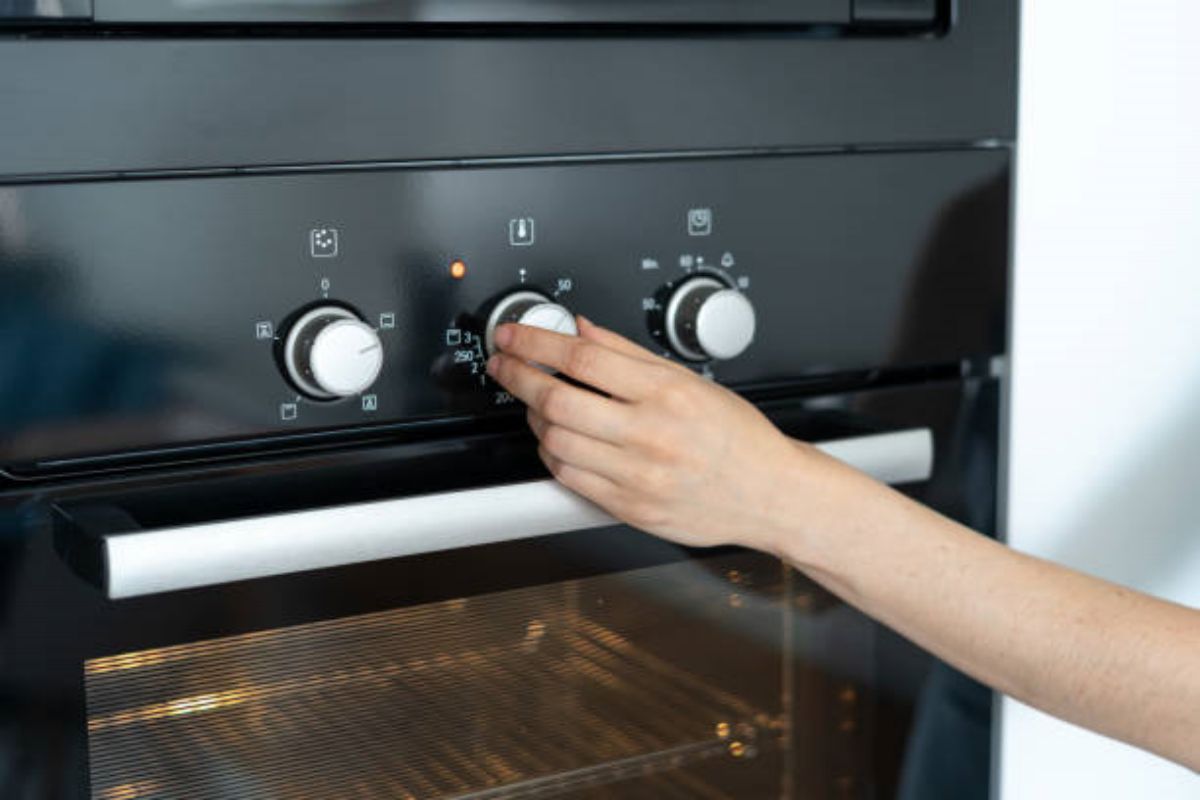From Burnt to Perfect: How to Use Your Oven Timer for Foolproof Baking Results
1. The Importance of Proper Timing in Baking
Timing is everything when it comes to baking. A few minutes too long in the oven can turn a delicious treat into a burnt disaster. That's where your oven timer becomes your best friend. By using your oven timer effectively, you can achieve foolproof baking results every time.
2. Understanding Your Oven Timer
Before we dive into how to use your oven timer, let's first understand how it works. Most ovens come with a built-in timer that allows you to set a specific amount of time for your baking. This timer will either make a sound or turn off the oven when the set time is reached. Familiarize yourself with the different settings and functions of your oven timer to make the most of it.
3. Setting the Right Baking Time
One of the most crucial aspects of using your oven timer effectively is setting the right baking time. Different recipes require different baking times, so it's essential to follow the instructions provided. Underbaking can result in an uncooked center, while overbaking can lead to a dry and burnt exterior. Take the time to understand the specific baking time needed for each recipe you try.
4. Preheating and Timing
Preheating your oven is an important step in baking, and it's essential to factor in the preheating time when setting your oven timer. For example, if a recipe calls for 30 minutes of baking time, but your oven takes 15 minutes to preheat, you should set your timer for 45 minutes in total. This ensures that your baked goods spend the right amount of time in the oven, resulting in perfectly cooked treats.
5. Using Multiple Timers
If you're juggling multiple dishes in the oven at once, using multiple timers can be a game-changer. This allows you to keep track of the different baking times for each recipe and ensures that nothing gets overcooked or undercooked. Set up separate timers for each dish and place them somewhere visible, so you can easily monitor the progress of each item.
6. Utilizing the Timer's Alert
Most oven timers come with an alert feature that notifies you when the set time is up. This could be a beep, a buzzer, or even a visual indicator. Pay attention to these alerts and avoid getting caught up in other tasks. It's crucial to remove your baked goods from the oven promptly to prevent them from overcooking.
7. Testing for Doneness
While your oven timer is a valuable tool, it's still essential to test your baked goods for doneness. Depending on the recipe, this could involve inserting a toothpick into the center of a cake to see if it comes out clean or gently tapping the top of a loaf of bread to check for a hollow sound. Use your oven timer as a guide, but always rely on additional testing methods to ensure perfection.
8. Adjusting for Individual Oven Variations
Every oven is unique, and there may be variations in temperature and cooking time. It's crucial to get to know your oven and how it performs. If you find that your baked goods consistently require more or less time than a recipe suggests, make note of it and adjust your oven timer accordingly. This trial and error process will help you achieve foolproof baking results in the long run.
9. Using External Timers as Backup
While your oven timer is reliable, it's always a good idea to have a backup plan. Using external timers, such as a kitchen timer or a smartphone app, can provide an extra layer of assurance. Set these timers to go off a couple of minutes before your oven timer to double-check the progress. This way, you can catch any potential issues before it's too late.
10. Keeping a Baking Journal
To truly master the art of using your oven timer for foolproof baking results, consider keeping a baking journal. Record the baking times and results of each recipe you try, along with any adjustments you made. This journal will serve as a valuable reference for future baking endeavors, allowing you to fine-tune your oven timer usage and create perfect treats time and time again.

